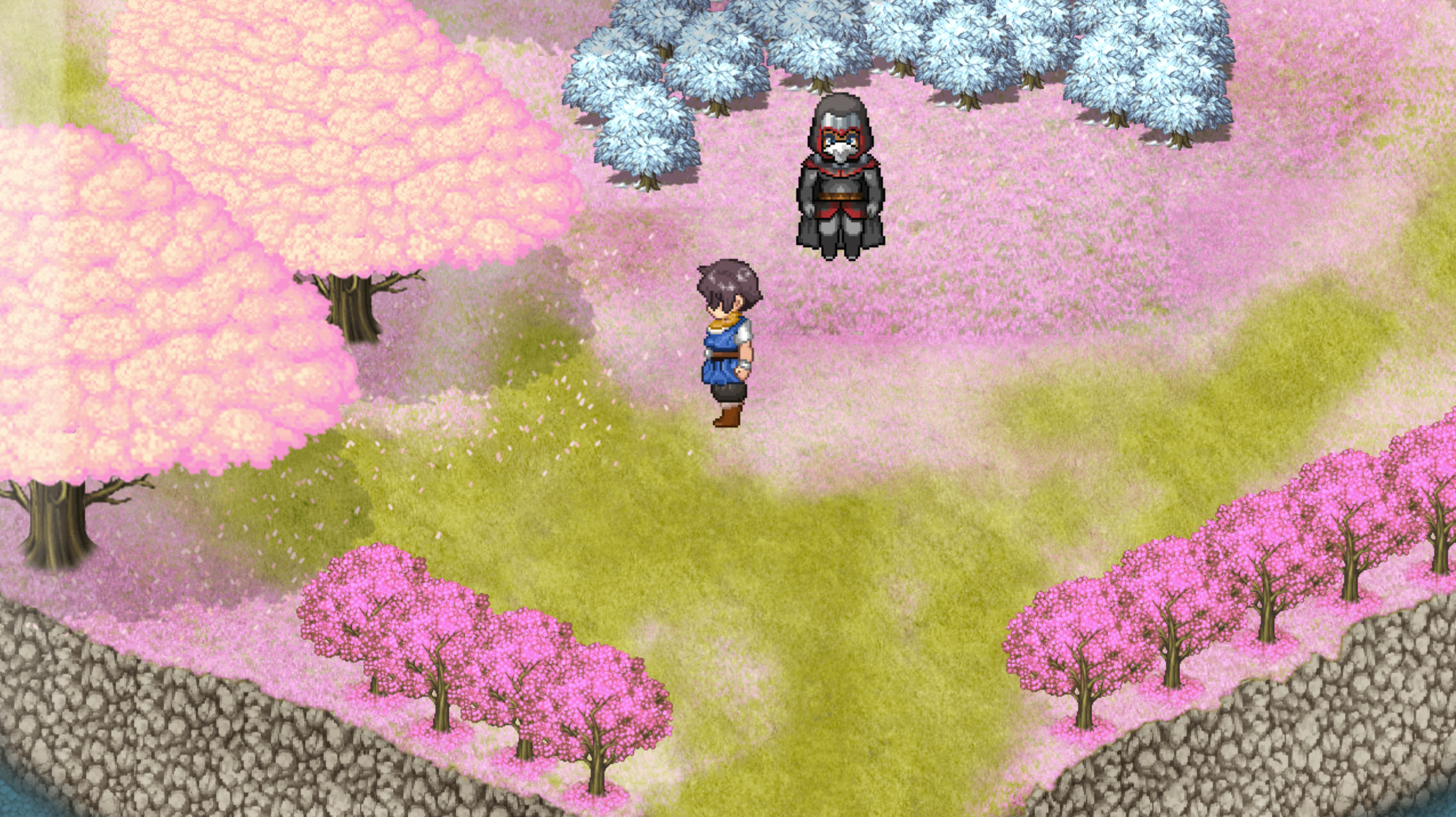


Saga has a humid subtropical climate ( Köppen climate classification Cfa).The annual average precipitation ranges from about 1800 mm (71 in) in the city center to about 2400 mm (94 in) in Mitsuse. The northern half of the city contains the Sefuri Mountains. It now borders the Ariake Sea to the south and Fukuoka Prefecture to the southeast and north. After the 2005 merger the city became very long north to south. Saga City is located in the southeast portion of Saga Prefecture. The buildings were eventually replaced by modern school buildings. In 1874 it was a court building and a prefectural office. Nabeshima Naomasa, daimyō of the Nabeshima clan, renovated it within two years and moved in. Renovated in 1728, there was yet another fire in 1835. First built between 15, there was a fire in 1726. It is one of the rare castles in Japan surrounded by a wall rather than built on one. Standing out from many cultural assets is the plains castle within the city, Saga Castle. (population: roughly 240,000 area: 431.42 km 2) Saga District was dissolved as a result of this merger.

OctoThe towns of Higashiyoka, Kawasoe, and Kubota (all from Saga District) were all incorporated into Saga.OctoThe towns of Fuji, Morodomi and Yamato (all from Saga District) and the village of Mitsuse (from Kanzaki District) merged with Saga.MaHigashikawasoe and Nikita were merged to create the town of Morodomi.OctoHonjō, Kinryū, Kitakawasoe, Kuboizumi and Nabeshima were all incorporated into Saga.MaHyōgo, Kase, Kose, Nishiyoka and Takakise were all incorporated into Saga.NovemHasuike was elevated to town status.Saga District: Higashikawasoe, Honjō, Hyōgo, Kamino, Kase, Kasuga, Kawakami, Kinryū, Kitakawasoe, Kose, Kuboizumi, Matsuume, Nabeshima, Nikita, Nishiyoka, Oseki and Takakise.At the same time, the current city region is occupied by 21 villages from three districts. ApThe modern municipal system was established and the city of Saga is founded.


 0 kommentar(er)
0 kommentar(er)
